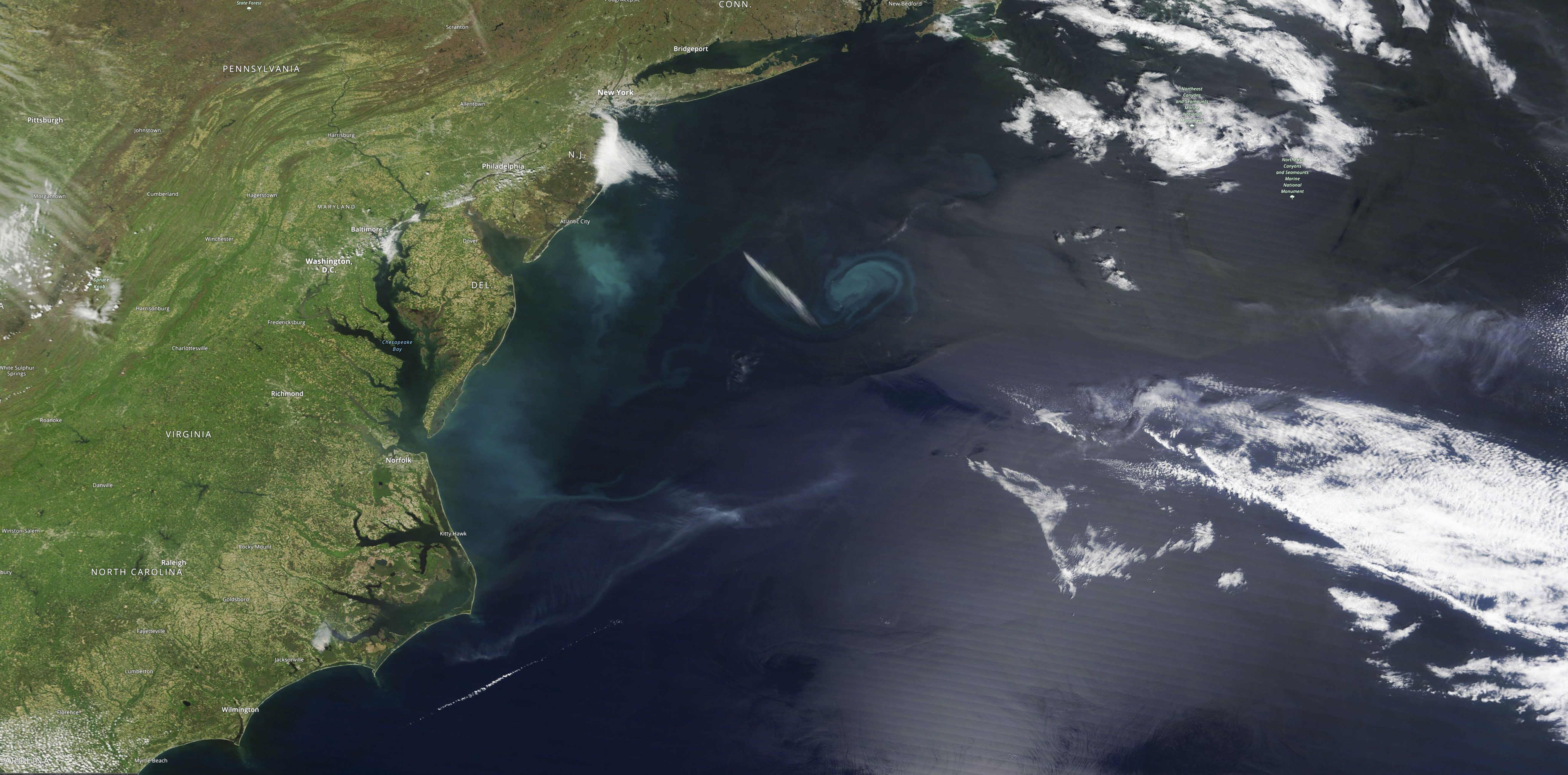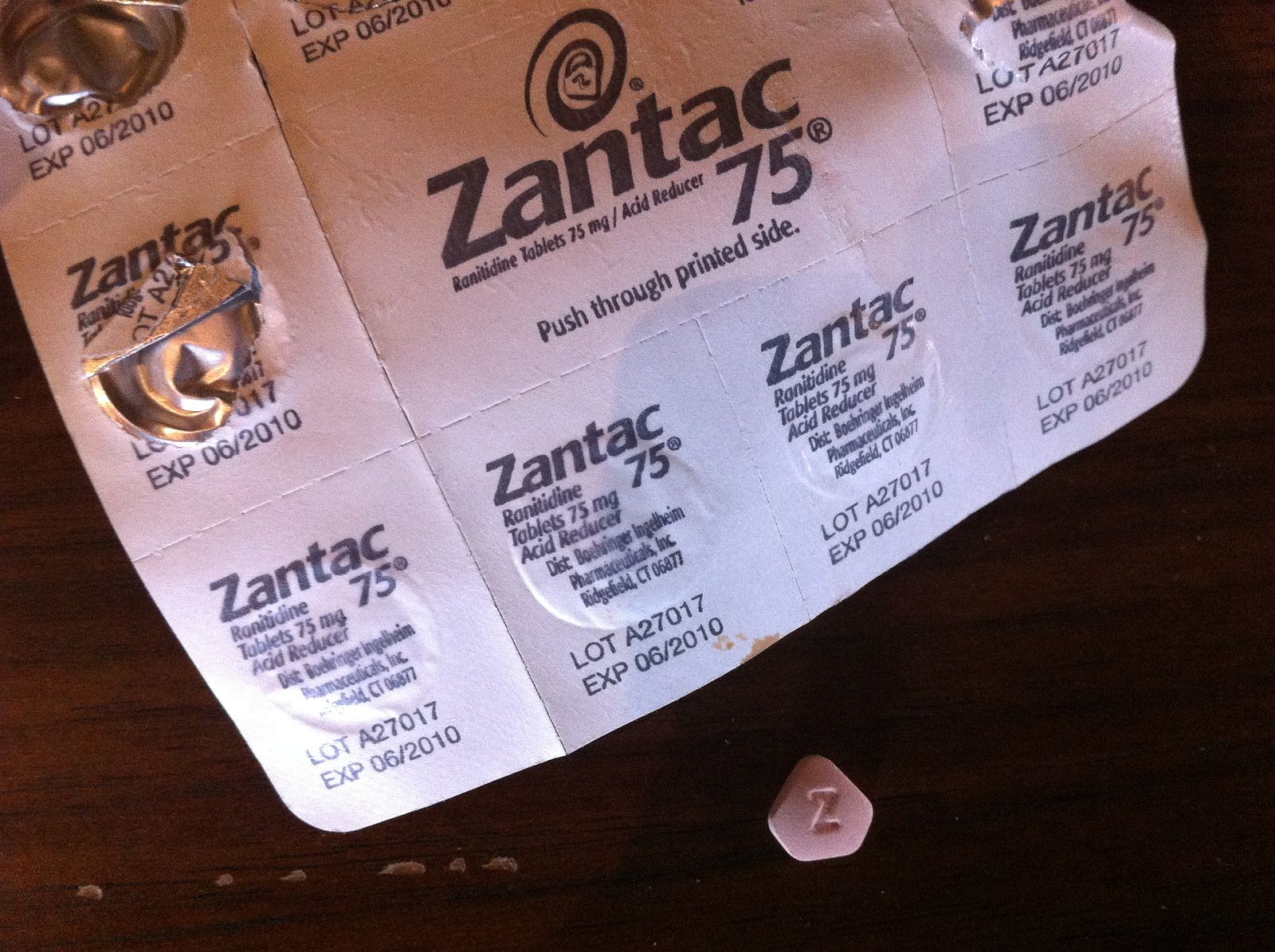
NASA-DOD Study: Saltwater to Widely Taint Coastal Groundwater by 2100
Seawater will infiltrate underground freshwater supplies in about three of every four coastal areas around the world by the year 2100, according to a recent study led by researchers at NASA’s Jet Propulsion Laboratory in Southern California. In addition to making water in some coastal aquifers undrinkable and unusable for irrigation, these changes can harm ecosystems and corrode infrastructure.
Called saltwater intrusion, the phenomenon happens below coastlines, where two masses of water naturally hold each other at bay. Rainfall on land replenishes, or recharges, fresh water in coastal aquifers (underground rock and soil that hold water), which tends to flow below ground toward the ocean. Meanwhile, seawater, backed by the pressure of the ocean, tends to push inland. Although there’s some mixing in the transition zone where the two meet, the balance of opposing forces typically keeps the water fresh on one side and salty on the other.
Now, two impacts of climate change are tipping the scales in favor of salt water. Spurred by planetary warming, sea level rise is causing coastlines to migrate inland and increasing the force pushing salt water landward. At the same time, slower groundwater recharge — due to less rainfall and warmer weather patterns — is weakening the force moving the underground fresh water in some areas.
























